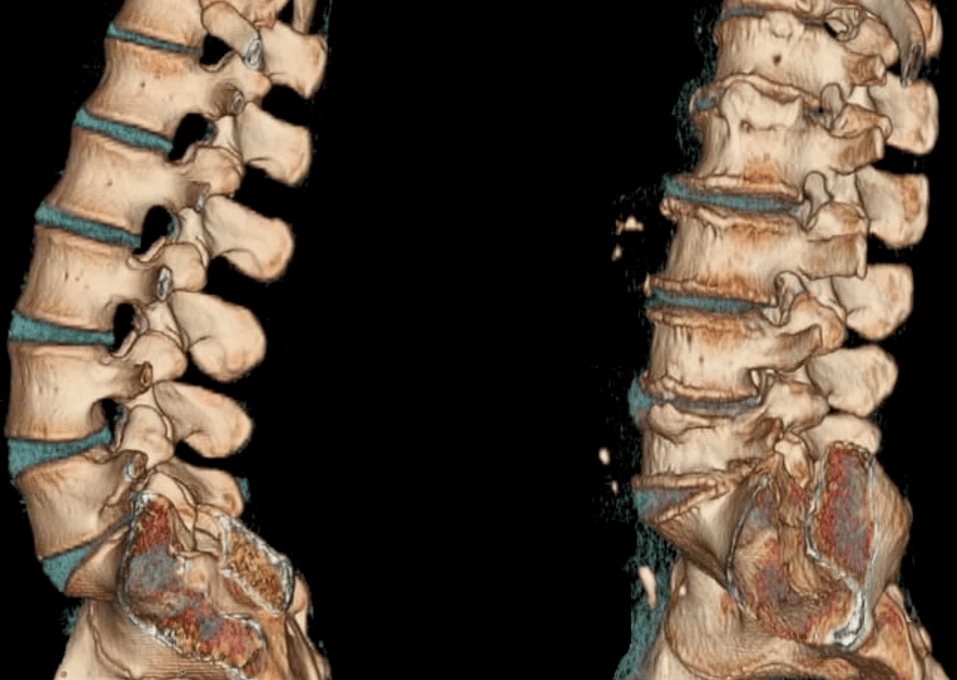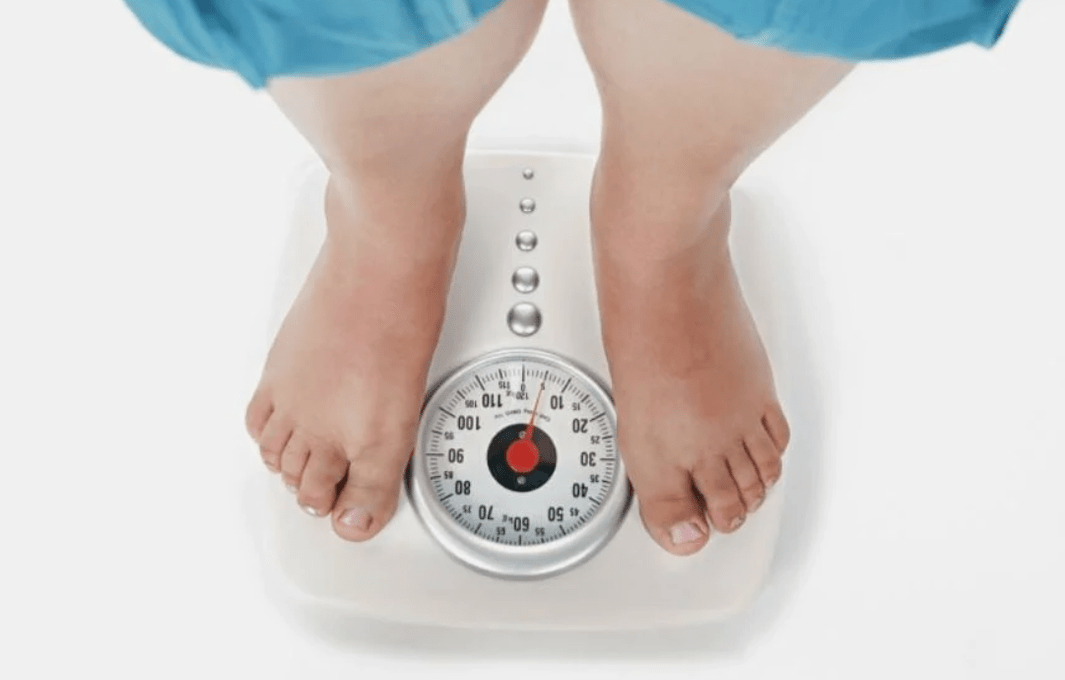Osteochondrosis is a recurrent chronic disease that occurs against the backdrop of constant destruction of vertebrae and intervertebral discs.Depending on the localization of vertebrates subject to degenerative changes, they distinguish between breast, lumbosacralis pathology, and neck.The main symptoms of osteochondrosis are the pain whose severity increases during physical exercise, the stiffness of the movements.In the clinical appearance, there are often vertebral signs: headaches, dance in blood pressure, a decrease in visual sharpness and hearing.

The diagnosis is based on the results of instrumental research - radiography, MRI, CT.In osteochondrosis therapy, medicines of different clinical and pharmacological groups are used.To increase their clinical efficiency, physiotherapeutic procedures and massage are performed.One of the main methods of therapy and prevention are physiotherapy exercises.
The mechanism of developing the disease
The pathogenesis of osteochondrosis is based on the loss of pulposus by the essence of its hydrophilic properties.This semi -liquid structure consists of connective tissue fibers and jacket.As a person grows, there is a decrease in the vascular canal on each disk between the beads.Taking nutrients in it occurs differently, that is, according to the principle of the spontaneous level of concentrations.This explains the inability of complete restoration of cartilage tissue after damage or excessive physical exercise in the spinal column.
The processes of osteochondrosis exacerbate changes in the hormonal background and an unbalanced diet.The amount of nutrients sufficient for their full function does not enter the cartilage tissue, which provokes the following structure disorders and their properties:
- Strength and elasticity are lost;
- Form, consistency and change of configuration.
The intervertebral discs are flattened, and radial cracks formed in fibrous rings.This causes a decrease in the distance between the neighboring vertebrae.Gradually, connective tissue of fibrous rings and ligaments are included in the pathological process.In response to tissue rot, the immune system begins to produce immunoglobulin, which leads to aseptic inflammation and the formation of edema in the joints and soft tissue located nearby.The joints of the joints are stretched, so the intervertebral discs cease to reliably adjust the beads.And with the instability of the intervertebral segments, the chance of breaking the nerve root or squeezing blood vessels increases.This often occurs with cervical osteochondrosis and causes its pronounced symptoms.
Causes and provocative factors
In the state of the intervertebral discs, the reduced tone of the skeletal muscle of the spinal column adversely affects.The irrational, asymmetric muscle function occurs with an elongated person in a non -physical position, for example, with a sitting head while working on the computer.The destruction of cartilaginous fabrics can be provoked by the constant dressing of a heavy bag on a shoulder, a dream on a soft mattress and a high pillow.
The following negative external and internal factors accelerate the destruction of intervertebral discs:
- endocrine and metabolic disorders;
- infectious, particularly chronic pathology;
- previous spinal damage (compression fractures, bruises);
- frequent hypothermia;
- The presence of systemic or degenerative-distrofic-guout, psoriatic, rheumatoid arthritis, osteoarthritis, osteoporosis.

If a person has bad habits, then he is in danger.Smoking and alcohol abuse exacerbate the condition of blood vessels, lead to insufficient blood circulation and lack of nutrients in the cartilage tissue.
In the presence of flat feet or club, the risk of developing osteochondrosis of each localization increases significantly.Such congenital or obtained defects become the reason for increasing the load on the back due to the inability to provide proper depreciation with support.The factor that predisposes to the emergence of pathology is overweight.
With the deposition of adipose tissue in different parts of the body, the support for balance is complicated, which leads to the effects of excess loads on the intervertebral joints.
Clinical
The first clinical manifestation of cervical, chest or lumbar osteochondrosis is back pain.During relaps, it is traveling, radiating in the nearby body.The slightest movement leads to an increase in the severity of the pain syndrome.A person's response is the approval of a forced position in which the intensity of unpleasant sensations is minimal:
- People with cervical osteochondrosis prefer to remove not their heads but the whole body;
- With a breast pathology, a person is even afraid to breathe in complete, as this becomes the cause of acute pain in the chest region;
- Patients with lumbar osteochondrosis are difficult to decrease, rise and go due to spinal nerve violation.
Most patients complain to the doctor about constant pain and a feeling of restrictive movements in the morning.This requires additional differential diagnosis to exclude myositis (inflammatory process in the skeletal back muscles) and osteoarthritis.The reason for the appearance of pain, pressing pain is compensatory stress of muscle tissue to stabilize vertebral-motor affected segment.Continuous pain syndrome with poor or medium severity also occurs due to a significant extension of the intervertebral disc and the development of aseptic inflammation.
For osteochondrosis of a particular localization, specific symptoms are characteristic.For example, with lumbar pathology, often occurs lumboyalgia - a pain attack on the lower back and thigh back.Chest osteochondrosis is clinically manifested by visceral pain in the cardiac region, proper hypochondrium, stomach, numbness, increased skin sensitivity, cramping in the beads.But the most pronounced and different symptoms are distinguished by a pathology that affects the intervertebral discs of the cervix.
As a result of the relocation of the vertebrae, the formation of osteophytes, the vertebral artery is compressed, which nourishes the brain cells, which provides them with oxygen.A person suffers from violation of coordination of movements, noise in the ear, headaches, arterial hypertension.
What can be in the absence of treatment
Most complications of osteochondrosis occur due to the formation of the intervertebral disc herniation.It is formed when shifting this vertebral structure, which leads to a rupture of the posterior longitudinal ligament.The disk becomes even more volatile, and some of it lasts in the cerebrospinal canal.A hernia is considered an explosion if, in the process of its formation, along with the disc, its purposes core penetrates the canal.
Such a pathological condition of the vertebrates predisposes to compression of the spinal cord and the development of discogenic myelopathy.Clinically, it manifests itself in Torpor, the weaknesses of some groups of the muscles of the feet or arms, paresis, muscle atrophy, a change in tendon reflexes.Bladder emptying disorders and (or) intestinals may also be observed.As a result of the formation of intervertebral hernia, the arteries that feed the spinal cord are squeezed.Ischemic areas are formed, in which all nerve cells were killed.The so -called neurological deficit occurs - the movements are violated, the sensitivity decreases and the trothy is bored.

Treatment tactics
Osteochondrosis does not borrow itself to finish cure, as so far the medication has not yet been synthesized, the intake of which would help restore damaged intervertebral discs and beads.But therapeutic schemes necessarily include chondroprotectors - symptomatic agents of a slow action.Preference is given to medicines with active components of chondroitin with sulfate and (or) glucosamine sulfate (hydrochloride).
The clinical effectiveness of these drugs is confirmed by the results of many years of research.With prolonged acceptance (from 3 months to 2 years), partial regeneration of cartilage tissue occurs, as well as other connective tissue structures - ligaments, tendons, bournes.As they accumulate in the intervertebral discs of glucosamine and chondroitin, they begin to exert a pronounced analgesic, decongestant, anti -inflammatory effect.This allows you to reduce the doses of NSAIDs, glucocorticosteroids, muscle relaxants, thereby reducing the pharmacological load in the body.
The drug for joints is ineffective with irregular use or their use for the treatment of osteochondrosis of the 3rd degree, when considerable destruction of cartilage tissue is observed.
To eliminate the symptoms that usually occur with cervical or breast osteochondrosis, medicines are used to improve blood circulation, nootropics, a drug that improves the microcirculation of labyrinth used for the pathology of the vestibular apparatus.
If necessary, antidepressants, anticonvulsants are included in therapeutic schemes.
In the treatment of osteochondrosis, physiotherapeutic procedures are used: UHF therapy, magnetotherapy, laser therapy.Reflexotherapy, massage, exercise therapy, hirudotherapy, swimming, yoga are used.With the ineffectiveness of Conservative Treatment, The Patient is Shown Surgical Intervention.Practices are practiced by the disk, its laser reconstruction or the implant replacement.
































